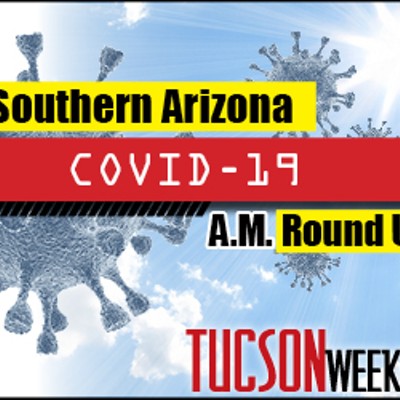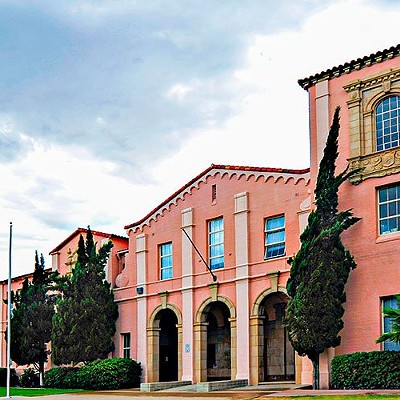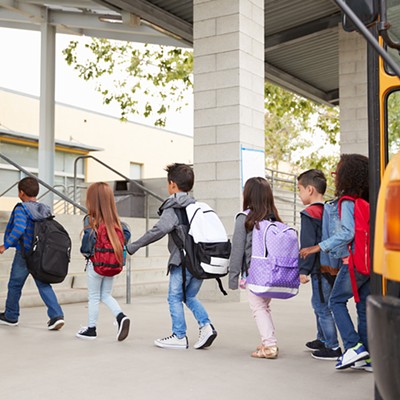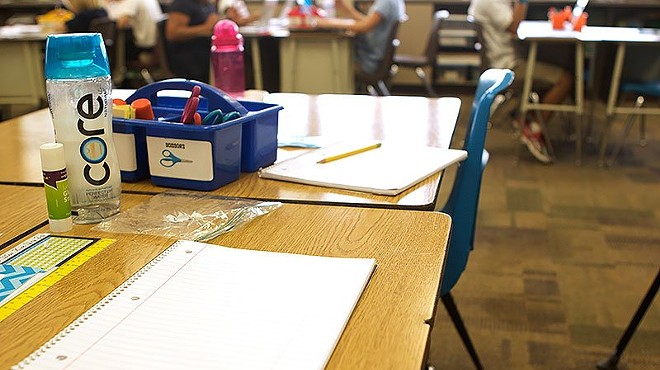Monday, November 17, 2014
Mexican American Studies Student Achievement Research: A Second Look
Back when TUSD's Mexican American Studies crisis was at its high point, the central debate was whether the MAS program was fomenting student discontent and inciting revolution or helping students learn more about Mexican-Amerian history and culture, and about themselves.
Meanwhile, in Arizona and around the country, educators were searching for ways to improve students' achievement and graduation rates, especially for poor and minority students. Successful examples were hard to come by.
MAS supporters claimed, using a combination of anecdotal evidence and some, but not enough, data, that the program boosted achievement and graduation rates. The claims made intuitive sense to people who supported the program — people like me — but they weren't strong enough to be convincing. However, if they were accurate, it meant MAS detractors were hellbent on destroying an educational program which was succeeding where so many others were failing.
At the request of the U.S. courts looking into TUSD's desegregation status, UA assistant professor of education Dr. Nolan L. Cabrera created a more rigorous, academic study of the data. His conclusion: MAS students showed a significant rise in achievement and graduation rates compared to similar TUSD students who hadn't participated in the program. Cabrera had a short window to complete his study, so he didn't have time to dig into the data as deeply as he wanted to. MAS detractors questioned the validity of his study.
Now, Cabrera and his colleagues have taken the time to add more data to the study and add complexity to their analysis. The updated study has been published in the American Educational Research Journal, which put it through a peer review process before publication. The new study reaches the same conclusions as the earlier work.
Here's a summary of the study's research methods and conclusions from Education Week:
Overall, this latest analysis included more than 26,000 Tucson students who were members of the graduating cohorts of 2008, 2009, 2010. The researchers used additional information on prior student achievement. They found that students who elected to take MAS courses were actually at a disadvantage before they took the classes, which, in most cases, were offered only to high school juniors and seniors. In grades 9 and 10, the MAS students had lower grade point averages than their non-MAS peers. They also had lower scores on 10th grade state exams. Additionally, 77 percent of MAS students came from families with incomes low enough for them to qualify for free or reduced-price meals.By contrast, 66 percent of non-MAS students qualified for free or reduced-price meals. MAS students were also more likely to be English-language learners (15 percent versus 8 percent), or Hispanics (85 percent versus 56 percent). However, they were less likely to be identified as special education students (10 percent versus 19 percent). The statistical models in the study teased out the way in which MAS impacted student achievement by accounting for these and other differences between those who did and did not take MAS courses.
After accounting for these differences, the researchers found that MAS students were 9.5 percent more likely to graduate from high school than their peers who attended the same high schools but did not take MAS courses. In the latest analysis, Cabrera and his co-authors expanded upon their comparison group to include both MAS students who attended the six MAS schools as well as those who attended schools that did not offer MAS. This barely budged their results: MAS students were 9 percent more likely to graduate than their peers at MAS and non-MAS schools. The same was true for state exams. MAS students who failed one such exam were nearly 7 percent more likely to pass that exam after taking a MAS course.
Does this mean absolutely, conclusively, the MAS program benefited students academically? The answer is no. This kind of study is always open to question and further analysis, especially in the very complex, multi-faceted world of education. But it's strong, convincing stuff. I've seen much thinner data and analysis used to sing the praises of educational strategies as well as charter schools and vouchers.
Assuming the program did benefit students, the question is, why? Was it the curriculum and materials that did the trick? Was it the fierce dedication, the passion MAS teachers brought to their classrooms? Was it a combination of the two? It's impossible to know, but it's an important question because of the inextricable mix of style and substance which creates the education students receive in the classroom. A seminal text can make the clouds part and let the light shine on a student's forehead. So can a teacher's tone of voice, body language, and that indefinable something that tells students, "I care about you, I believe in you, and you need to believe in yourself as well." Put the two together, strong materials and inspired teachers, and your chances of reaching students rise exponentially.
TUSD has instituted new Culturally Relevant Curriculum curriculum in its schools. Whether the new program will show similar positive results which the data indicates the MAS program had is something we won't know for a few years.
Tags: TUSD , Mexican American Studies , Nolan L. Cabrera , Ethnic studies














